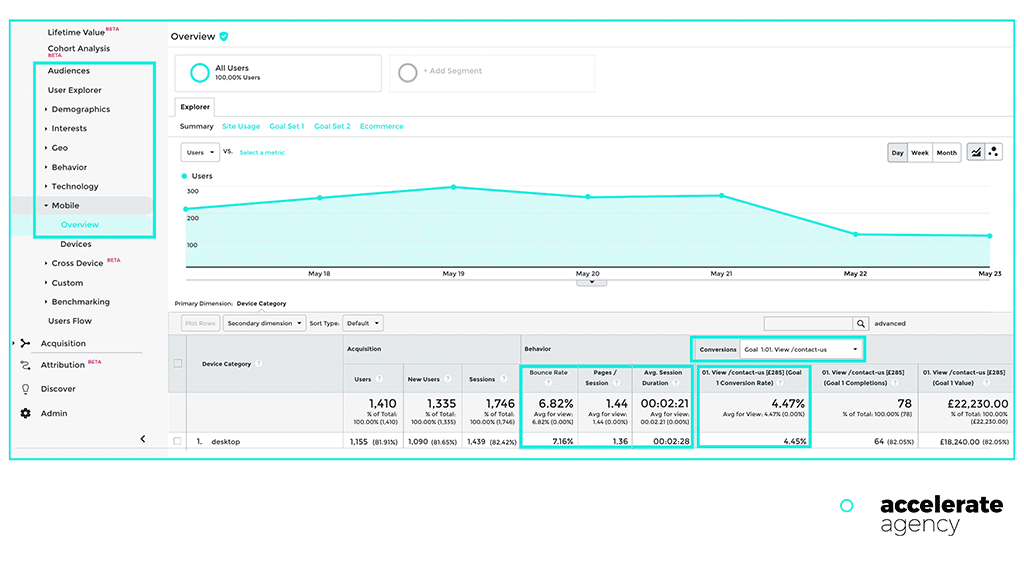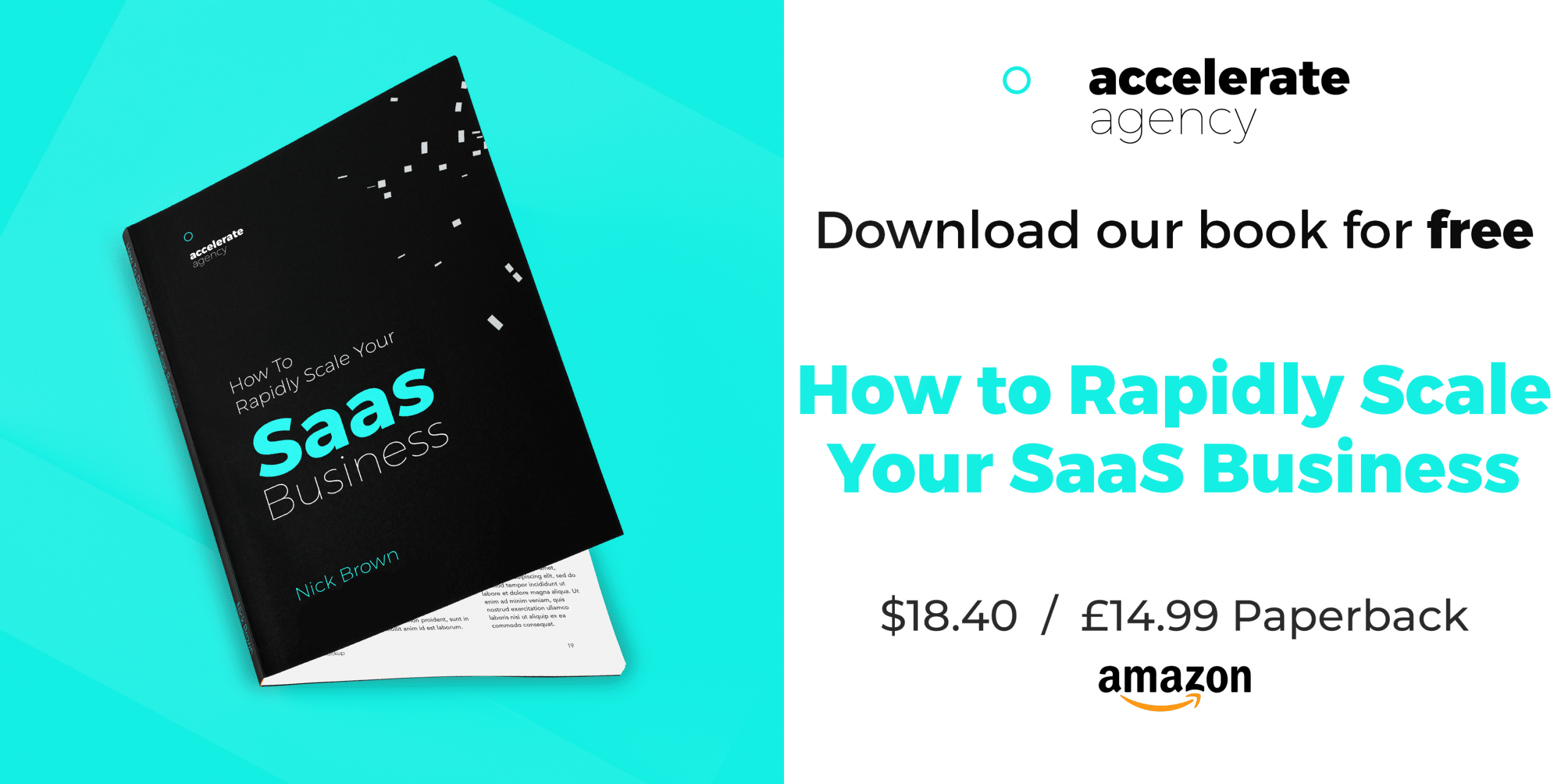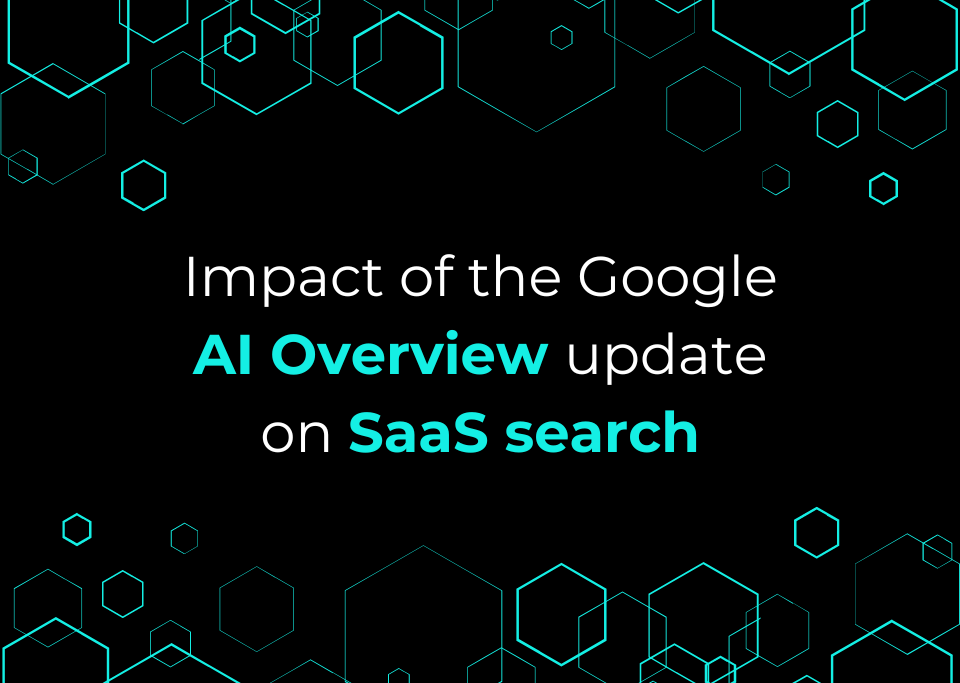The top 10 SaaS KPIs to track in 2024 (+15 more to really shine)
If you’re operating in the SaaS sector, you’ll know it’s a specialist sector with specialist needs. It can often take longer to see a significant return on investment (ROI) than in other niches. You may invest heavily in initial marketing, sales, and promotions without seeing that investment repaid quickly.
10 Essential SaaS performance metrics you have to monitor
1. Churn rate
Formula: (Number of customers lost in a given period / Total number of customers at the start of the period) x 100
Churn rate measures the percentage of customers who stop using a service or product over a specific period. It helps in assessing customer retention and identifying potential issues impacting customer satisfaction.
For a business that relies on monthly payments, this can be a major indicator of whether you’re doing things right or not. Keeping a close eye on the number of customers you lose lets you quickly identify issues.
2. Cash
Cash on hand represents the total amount of cash and cash equivalents available to a company at a specific point in time. It indicates the company’s liquidity and ability to meet short-term obligations.
It is an essential measure of the performance of a SaaS business where it may take an extended period of time to see a good ROI. Once cash reserves start building even after covering monthly outgoings, your company is in good shape.
3. MRR (Monthly Recurring Revenue)
Formula: Total recurring revenue from active subscriptions in a month.
MRR measures the predictable monthly revenue generated from subscriptions. It provides insights into the company’s financial health and growth trajectory.
Along with churn rates, this is one of your most important metrics. It lets you see what your guaranteed monthly revenue from existing customers is. It can also be used to track up- and cross-selling, new sales, and contract renewals.
4. ARR (Annual Recurring Revenue)
Formula: MRR x 12
ARR represents the total recurring revenue expected from subscriptions over a year. It offers a longer-term view of a company’s revenue stream and growth potential.
Recurring revenue is the foundation of how you operate. By tracking both MRR and ARR, you can gauge your company’s capacity for growth. You can also experiment with different price tiers to see what customers are willing to pay.
5. LVR (Lead Velocity Rate)
Formula: ((Number of qualified leads this month – Number of qualified leads last month) / Number of qualified leads last month) x 100
LVR measures the rate of growth in the number of qualified leads over time. It helps assess the effectiveness of sales and marketing efforts in driving lead generation.
Your C-suite will have one eye on current performance and another on future potential. LVR lets you look forward and see how your organization is growing. It measures the amount of qualified leads you have in any given month.
6. MUV (Monthly Unique Visitors)

MUV measures the number of distinct individuals who visit your website within a specific timeframe.
This KPI is a good measure of how well your marketing efforts are working. It’s a metric that’s easily trackable with free tools such as Google Analytics. This is an area where accelerate agency can produce significant increases in your traffic.
7. Sign-ups
Sign-ups represent the number of users who register for a free trial, discounted offer, or subscription. It reflects the effectiveness of your marketing and user acquisition strategies.
Many SaaS companies choose a self-service model to lower Customer Acquisition Costs (CAC). In those cases, sign-ups to a free or discounted trial can be a good metric to measure success. You can boost sign-ups by providing helpful and educational content.
8. CAC (Customer Acquisition Costs)
Formula: Total costs associated with acquiring new customers / Number of new customers acquired.
Another important KPI, your CAC, can show you how much it’s costing you to acquire a new customer. This should include all costs such as advertising, marketing, relevant salaries, and sales.
It helps in assessing the efficiency of marketing and sales initiatives and optimizing budget allocation. It is also useful in determining whether you can spend more or have to cut costs.
9. CLV (Customer Lifetime Value)
CLV represents the total revenue expected from a customer over the entire relationship with a company. It helps in determining the long-term profitability of acquiring and retaining customers.
This should always be examined in relation to CAC. If your CAC exceeds your CLV, then you have a problem. For SaaS models, you need to consider how long a customer has been with you as well as the length of contract that they’ve agreed to.
10. Traffic ROI
Traffic ROI measures the return on investment (ROI) from various sources of website traffic. It helps in evaluating the effectiveness of marketing channels and optimizing advertising budgets.
Monitoring the ROI of your traffic can dictate future advertising and marketing budgets. Organic traffic doesn’t cost you anything (technically), so ROI will always be positive. Non-organic traffic (such as Pay Per Click (PPC) ads) costs money, so you should look closely at the results that paid channels produce.
15 SaaS key performance indicators to help your business stand out
Once you’ve nailed the basics and you’re reliably tracking and monitoring the key SaaS KPIs we’ve just discussed, you can start to think about what your business needs specifically.
Every business is different, and choosing the right KPIs to track can shed light on just what yours needs to do to gain the edge on the competition. KPIs for SaaS companies can make the difference between being a solid mid-performer and an industry leader.
1. Net Promoter Score (NPS)
NPS measures customer satisfaction and loyalty by asking customers how likely they are to recommend the product or service. Subtracting the percentage of detractors from the percentage of promoters gives you the NPS score, which can range from -100 to +100.
NPS shows you the level of customer satisfaction with your brand and your products. It can help highlight any flaws in your products, services, or customer support so you can adjust as needed.
2. Committed Monthly Recurring Revenue (CMRR)
Slightly different to MRR, this metric estimates your future revenue if you did no sales or marketing activities. CMRR anticipates changes including cancellations, churn, and up or downgrades, so it can provide a better overview of financial standing.
3. Committed Annual Recurring Revenue (CARR)
Identical to CMRR, but used by SaaS companies who offer annual rather than monthly subscriptions.
4. Average Contract Value (ACV)
ACV measures the average revenue generated per customer contract, helping to assess pricing tiers and overall customer value. You’ll likely sell a number of different products and each of those products may have different pricing tiers (basic, gold, platinum, etc.). This metric allows you to measure, usually on an annual basis, the average revenue per current customer.
Talk to us about how we can improve your SaaS KPIs
5. Lead generation

Tracking the number of leads generated and where they’ve come from allows you to identify your most effective marketing channels and see where your primary marketing efforts should be focused. accelerate agency not only helps to increase your traffic, but more importantly, convert this traffic to qualified leads.
6. Viral coefficient
There’s little that beats old-fashioned word of mouth. You can track this metric by looking at the number of sales that come from direct recommendations from existing clients.
7. Conversion rates
Formula: (Number of conversions / Number of leads) x 100
Conversion rates measure the percentage of leads that convert into paying customers, indicating the effectiveness of marketing and sales strategies.
Always vital, conversion rates are also crucial in SaaS marketing. Your leads may come from a variety of sources including blog subscribers, website visitors, and salesperson leads. Track both conversion rates and their source.
8. Support requests
Metrics aren’t always about the financial aspects of your business. Tracking the number of support tickets issued can not only indicate how good your customer service is but also identify any common issues or bugs. Don’t just look at totals, look for any patterns on a daily, weekly, or monthly basis.
9. Response time
This measures the average response time between a request being submitted and one of your agents responding. This is a vital metric for scheduling agents. Accurately calculating response time and planning accordingly allows your team to handle fluctuations in requests and unlocks your ability to scale up.
10. Resolution time
Average resolution time shows you how well, and how quickly, your agents resolve issues. This metric has a strong correlation to customer satisfaction and can be tied to your NPS.
11. Active users
You may have X current subscribers, but are they all actively using your product? Knowing how many active users you have can be a good indication of the quality of your product and your company as a whole. However, depending on your product, there is no exact good or bad level of usage.
12. CRR (Customer Retention Rate)

Formula: Number of customers at the end of a period – Number of customers acquired during the period) / Number of customers at the start of the period) x 100
The flipside of your churn rate is your retention rate, a metric that lies at the heart of your company’s success. CRR measures the percentage of customers retained over a specific period, providing insights into customer loyalty and satisfaction. Identifying a healthy retention rate (whether on a monthly or annual basis) shows that people value your product and company.
13. Product-Qualified Leads (PQL)
PQLs are usually those leads that have taken up an offer to use your product on a free trial. By monitoring and tracking how your PQLs interact with your product and what they think of it, you can see how many become fully paying customers.
14. Upselling revenue
When your SaaS business can upsell or cross-sell, it’s a good indicator that users like your products or services. Monitoring extra revenue from existing customers can be a good indicator of your products’ quality.
15. Cohort metrics
You may have segmented your customer base between products, sales channels, or other factors. By analyzing trends within those groups, it can help shape future strategies when it comes to things like marketing or product development.
Here at accelerate agency, we pride ourselves on our ability to provide sustained growth as a SaaS SEO agency through organic marketing channels for our clients. Get in touch using the calendar below to speak to one of our specialists who will be able to advise you as to the best course of action for your website.
Partner with an expert for a full guide to SaaS KPIs
Understanding and effectively utilizing Key Performance Indicators (KPIs) is essential to any SaaS company’s success. As we’ve just covered, tracking the right metrics empowers businesses to measure progress, identify areas for improvement, and drive strategic decision-making. However, navigating the vast landscape of SaaS KPIs can be a tough thing to face.
That’s where we come in. As a specialized partner with a deep understanding of SaaS businesses, we offer more than just a list of recommended KPIs. Our collaborative and data-led approach to SEO strategy enables us to work closely with you to develop tailored strategies and KPI frameworks aligned with your unique goals and objectives. From setting targets to making actionable plans, we provide the expertise and support needed not only to reach those targets, but surpass them.
By partnering with us, businesses gain access to a team of motivated, knowledgeable, and results-driven SEO professionals dedicated to driving success in the competitive SaaS landscape. With our empowering and transparent approach, we help businesses unlock their full potential and achieve sustainable growth.
Don’t just track KPIs – leverage them to propel your SaaS business forward with confidence. Partner with us and accelerate your path to success.
FAQs
What does SaaS KPI mean?
A SaaS KPI, or Key Performance Indicator, is a metric used by Software as a Service (SaaS) businesses to gauge their performance and progress toward strategic goals. These analytical benchmarks provide valuable insights into various aspects of a SaaS business, such as revenue growth, customer retention, and product effectiveness.
How can SaaS businesses best use KPIs?
SaaS businesses can leverage KPIs as powerful tools for informed decision-making and strategic planning. By adopting a data-led and collaborative approach, SaaS companies can analyze key metrics to identify trends, optimize processes, and drive continuous improvement. This ambitious and results-driven mindset empowers SaaS businesses to stay ahead of the curve and achieve their growth objectives.
How does an agency approach the creation of KPIs with SaaS clients?
When partnering with SaaS clients, agencies take a proactive and collaborative approach to the creation of KPIs. Through empathetic listening and deep understanding of the client’s business objectives, agencies work hand-in-hand with SaaS clients to identify relevant metrics aligned with their goals and priorities. This collaborative and transparent process ensures that KPIs are tailored to the unique needs of each SaaS client, fostering trust and driving meaningful results.
What’s the best SaaS KPI dashboard?
The best SaaS KPI dashboard is clear, actionable, and tailored to a business’s specific needs. It should provide a comprehensive overview of key metrics presented in a visually appealing and intuitive format. By incorporating storytelling elements and strategic insights, the ideal SaaS KPI dashboard empowers decision-makers to track progress, identify areas for improvement, and make data-driven decisions with confidence.


